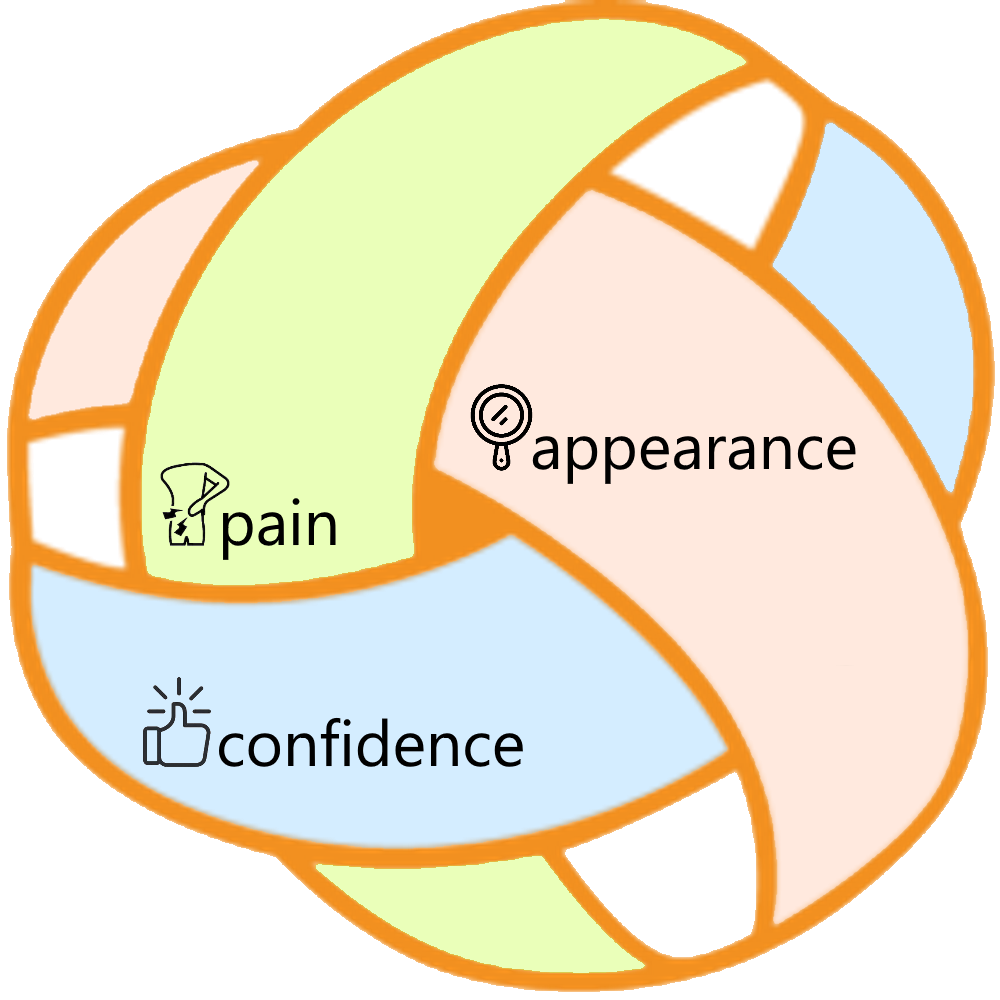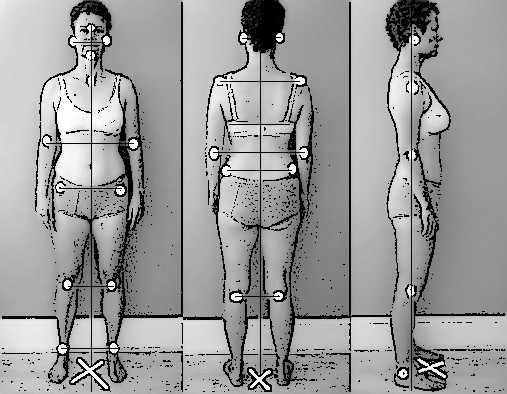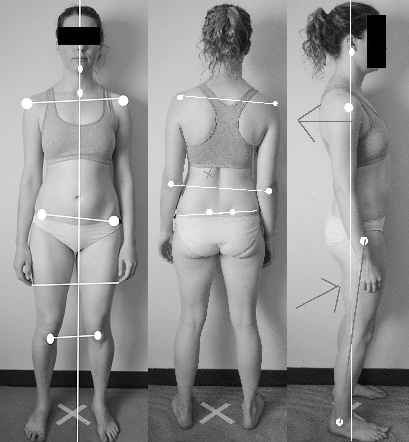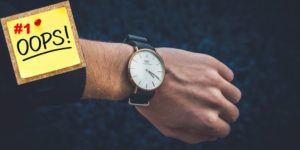What motivates you?
Are you driven by reward or punishment – carrot or stick?
The Carrot and Stick theory of motivation was given to us by philosopher Jeremy Bentham, and is derived from the old story of a donkey.
The story goes that the best way to move a donkey is to put a carrot out in front and jab it with a stick from behind. It’s not really a very nice story. The carrot is the reward for action (moving forward for our stubborn donkey) while the stick is the punishment for inaction or not moving.
I’m definitely a carrot kinda gal. I spent last weekend training for my CSIA Level 1 certification. The CSIA or Canadian Ski Instructor’s Alliance, enables me to teach downhill skiing (which I delight in) to beginners and intermediates.

The stick was clear – the grueling impact on my body skiing hard for 16 hours over three days. On average, I was 25-30 years older than the majority of students on the course. Although it feels good to look back and think wow that was torture and I did it, that wasn’t my main motivation.
I would never run a marathon, or participate in a Tough Mudder competition. That just doesn’t do it for me. I’m a carrot kinda gal as I said. I don’t get up each morning to Posturecise, to avoid a stiff body, although I love that benefit;
I Posturecise daily because I like what I see when I look in the mirror. Carrot, carrot, carrot!
Further Resources: Posturecise Crash Course
Does that sound awful? It’s not that I’m entirely vain – although I am a Leo! It’s that looking (and feeling) youthful signifies to me, that I get to do what I want to do, well into my senior years. I want to ski when I’m 70 and hike the Pyrenees Mountains when I’m 80. Nature is everything to me. That is my motivation. I love a good carrot!
Why do we want to correct our posture?
Over the years, many of you have become committed posture students. You enroll and actively participate in courses at Posture School. You email to ask questions about your posture and health and some of you work 1-2-1 with me over many months. Underlying each of these decisions was some kind of motivation.
Three pillars of posture motivation
It occurred to me fairly recently that the factors driving our motivation to correct our posture can be summarized into three main categories or pillars of motivation.

Pain
Pain is a wonderful motivator. It creates an immediate need for action. At some point in our lives, most of us have been motivated by this stick. The problem for most of us who use this to drive our ongoing motivation is that when the pain is gone, so is our motivation to take action.
Lack of pain does not equate lack of problem.
We can learn to thank our pain because pain is a part of life and getting rid of the pain shouldn’t be the main goal. If we place our hand near a hot stove, pain very quickly makes us move our hand away. Without pain, we’d leave our hand in the hot flame and get badly burned.
I like to think of pain, as one of the body’s great communication tools. We can learn not to be fearful of pain but instead, become fascinated by our wonderfully working bodies. What is that headache telling us – are we dehydrated, are our muscles tense, do we need to eat?
Appearance
You’d be surprised how often I hear from you about posture and appearance.
- I have been struggling with neck hump since my early 20s.
- How do I stand up straight without flaring my rib cage?
- I sort of slump forward and this does not look good.
- When I pose for photos, my upper body always leans far backward.
- I thought I was standing straight but in reality, my upper body always leaned far backward.
There is nothing wrong with wanting to look attractive. In fact, there has been a lot of research into body posture and attractiveness. Science suggests that our posture not only reflects our feelings but also influences them.
One particular factor of attractiveness that has been extensively researched (including this study) is of symmetry. You can think of symmetry as good posture and asymmetry as bad posture.


Deviations from bilateral symmetry may be linked to various stressors in pre-natal development … The extent of these deviations may reflect the inability of an individual to cope with environmental and genetic stressors. Fluctuating asymmetry is related with various genetic diseases and chromosomal abnormalities, such as scoliosis … Superior symmetry (ideal posture), therefore, signals the quality of genes that are more resistant to biological and environmental stressors such as disease, pathogens, and parasitic infection.
Wow! Now, you understand why attractiveness is such a huge motivation for so many of us.
Confidence
The way we hold ourselves is a reflection of how we feel about ourselves. Not only do we look more attractive with an upright posture, but science is beginning to show us that our brains are more capable of positivity when the body is in an upright stance.
I have always been struggling with my curved shoulders and this is because of my low self esteem and lack of confidence I suffered as a teenager.
In one study researchers found that people who were told to sit up straight were more likely to believe the thoughts they wrote down while in that posture, about whether or not they were qualified for a job.
Richard Petty (co-author of the study) said that: “Most of us were taught that sitting up straight gives a good impression to other people. But it turns out that our posture can also affect the way we think about ourselves.”
The end result of this study was that when students wrote positive thoughts about themselves, they rated themselves more highly when sitting in an upright posture because the upright posture led to confidence in their positive thoughts.
However, when students wrote negative thoughts about themselves, they rated themselves more negatively when in the upright position (vs. slouched position) because the upright posture led to more confidence in their thoughts, even though they were negative.
That suggests our thoughts are influenced by our posture, even though we don’t realize that is what’s happening. In other words, good posture leads to less self-doubt. Very cool!
From my experience, a desire to correct our posture stems from one of three motivations, that I call the Three Pillars of Posture Motivation:
- Pain
- Attractiveness
- Confidence
Motivation isn’t black and white, it’s black, white, and shades of grey. There is of course great overlap, but it is highly likely that you are primarily motivated by one of these three pillars.
So, are you driven by carrot or stick? I’d love to read your comments on this one. Pop your thoughts below.



